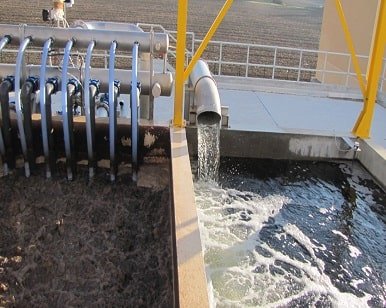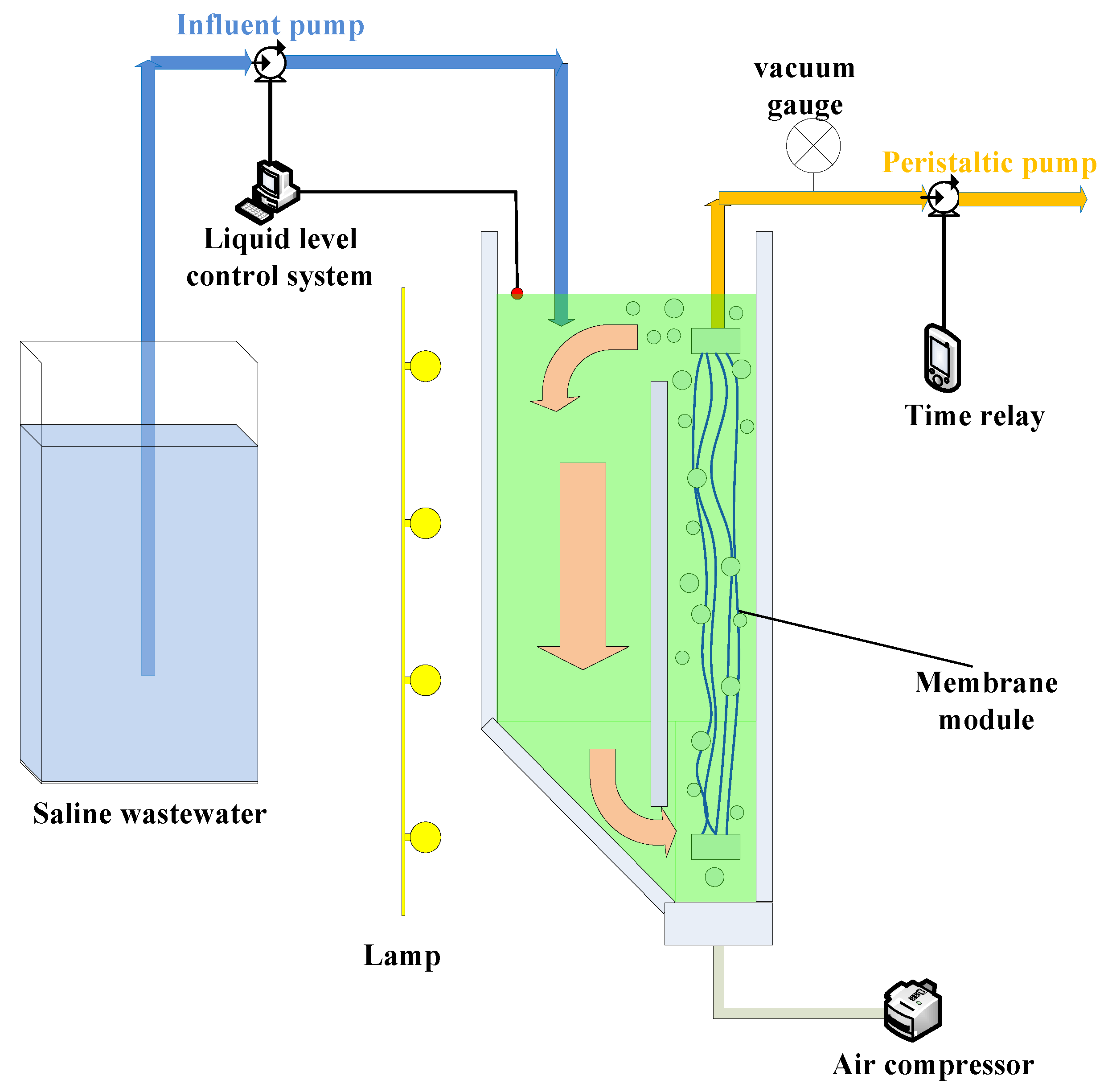Understanding the Basics of Membrane Bioreactor Systems for Wastewater Management
Understanding the Basics of Membrane Bioreactor Systems for Wastewater Management
Blog Article
Membrane Layer Bioreactors Clarified: Effective Solutions for Tidy Water
Membrane layer bioreactors (MBRs) have actually emerged as an advanced solution for dealing with journalism obstacles of wastewater treatment. By incorporating biological processes with sophisticated membrane layer purification, MBRs not just enhance the top quality of treated water however additionally reduce the spatial requirements of treatment centers. As environmental problems escalate, the duty of MBR innovation in advertising sustainable water administration ends up being progressively significant. The intricacies of their procedure, benefits, and possible applications warrant a closer assessment to completely recognize their influence on the future of water therapy.

What Are Membrane Layer Bioreactors?
Membrane bioreactors (MBRs) are innovative wastewater therapy systems that integrate organic destruction procedures with membrane layer filtration modern technology. This assimilation permits the effective elimination of impurities from water, making MBRs a favored choice in various applications, including metropolitan wastewater treatment and industrial effluent management.

One of the essential benefits of MBRs is their capacity to create high-grade effluent, commonly suitable for reuse in irrigation or commercial procedures. Additionally, MBRs need a smaller impact compared to conventional therapy systems, making them perfect for city settings where room may be restricted.
Additionally, MBRs can efficiently deal with differing influent loads and are much less at risk to the impacts of harmful shocks. These attributes add to their expanding popularity as a sustainable solution for resolving the increasing demand for clean water while decreasing environmental impacts.
Exactly How Membrane Bioreactors Work
While the procedure of membrane layer bioreactors (MBRs) may appear complex, it fundamentally focuses on the harmony between organic procedures and membrane filtering. MBRs integrate an organic treatment process, typically triggered sludge, with a membrane layer separation system to deal with wastewater successfully.
In an MBR system, wastewater is first presented into a bioreactor where microbes break down raw material and other contaminants. The biological task reduces the focus of contaminants while advertising the development of biomass. Following this biological treatment, the combined liquor goes through membrane layer purification, which can be microfiltration or ultrafiltration, depending on the preferred effluent high quality.
The membranes function as a physical barrier, allowing water and small solutes to pass while keeping put on hold solids and larger particles. This enables the system to keep a high concentration of biomass within the activator, boosting the treatment efficiency.
Additionally, the constant separation of treated water from the biomass assists in a small style and reduces the footprint of the treatment center. On the whole, the mix of biological destruction and membrane layer filtering in MBRs leads to trustworthy and reliable wastewater therapy, guaranteeing high-grade effluent appropriate for different applications.
Advantages of MBR Innovation
Among the essential advantages of membrane layer bioreactor (MBR) innovation is its capability to produce high-quality effluent with a considerably minimized footprint contrasted to traditional wastewater treatment techniques. MBR systems successfully combine organic treatment and membrane layer filtering, leading to exceptional elimination of pollutants, including put on hold solids, microorganisms, and raw material. This capability results in effluent that typically meets or surpasses strict regulatory requirements for reuse and discharge.
Additionally, MBR modern technology enables higher biomass focus, which enhances the therapy effectiveness and lowers the needed activator volume. This compact style is specifically helpful in urban areas where area is restricted. The functional adaptability of MBR systems also suggests they can adapt to varying influent top qualities and flow rates, making them ideal for a variety of applications.
Additionally, the reduced sludge production connected with MBR procedures contributes to decrease functional and upkeep costs. The membrane layers function as a physical barrier, lessening the threat of obstructing and enabling longer functional periods in between cleaning. Generally, the benefits of MBR modern technology make it an attractive solution for lasting wastewater treatment, resolving both ecological issues and the demand for reliable source monitoring.
Applications of Membrane Bioreactors
With their adaptability and performance, membrane layer my review here bioreactors (MBRs) locate applications throughout numerous fields, consisting of local wastewater treatment, industrial procedures, and even water improvement. In community setups, MBRs provide a compact solution for dealing with wastewater, effectively removing impurities while simultaneously generating high-grade effluent that fulfills strict regulatory criteria. This makes them particularly suitable for areas with restricted room.
In commercial applications, MBR innovation is used for treating procedure water, specifically in sectors such as food and drink, pharmaceuticals, and petrochemicals. These industries gain from MBRs' ability to take care of high organic loads and their effectiveness in recuperating important sources from wastewater, such as nutrients and water.
In addition, MBRs play an essential role in water reclamation campaigns, allowing the reuse of treated wastewater for irrigation, industrial procedures, or perhaps as potable water after further therapy (Membrane Bioreactor). Their effectiveness in removing toxins and pathogens makes them a dependable selection for making sure water high quality in different reuse applications
Future of Water Therapy Solutions
The future of water treatment solutions is poised for transformative advancements driven by technical development and raising environmental understanding. As global water shortage becomes a pushing issue, new techniques, including membrane bioreactor (MBR) systems, are readied to play an essential function in boosting the effectiveness and sustainability of water therapy processes.
Arising technologies such as fabricated knowledge and device discovering helpful resources are anticipated to optimize treatment operations, enabling for real-time tracking and predictive upkeep. This will certainly boost the overall dependability and efficiency of water treatment facilities. Advancements in membrane layer products, such as graphene and nanofiltration, assure to boost permeation prices and minimize fouling, leading to reduced power consumption and functional costs.
In addition, the combination of renewable resource resources right into water therapy plants will certainly contribute to greener techniques. The circular economy model will certainly additionally gain grip, urging the healing of important sources from wastewater, such as nutrients and power.
Final Thought

Membrane layer bioreactors (MBRs) have arised as an advanced solution for dealing with the pressing difficulties of wastewater treatment. By incorporating organic procedures with innovative membrane filtering, MBRs not only enhance the high quality of treated water however also minimize the spatial demands of treatment centers.One of the key advantages of membrane layer bioreactor (MBR) technology is its ability to generate premium effluent with a substantially reduced impact compared to traditional wastewater therapy methods.With their adaptability and effectiveness, membrane bioreactors (MBRs) locate applications throughout various industries, including community wastewater treatment, industrial processes, and even water recovery.In verdict, membrane bioreactors stand for a considerable advancement in wastewater treatment innovation, integrating organic procedures with efficient membrane layer purification to generate high-quality effluent.
Report this page